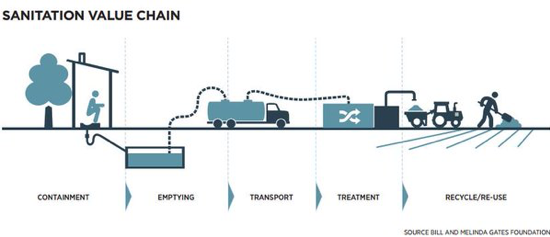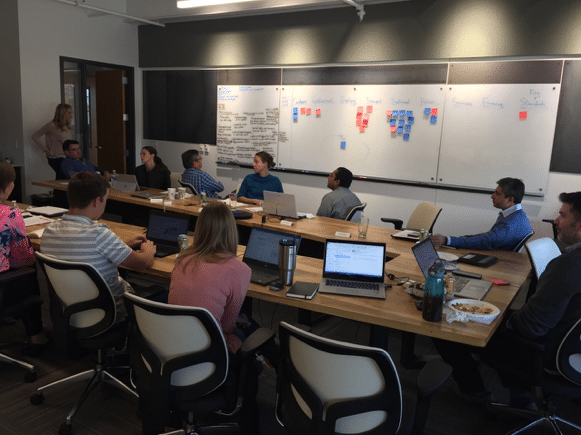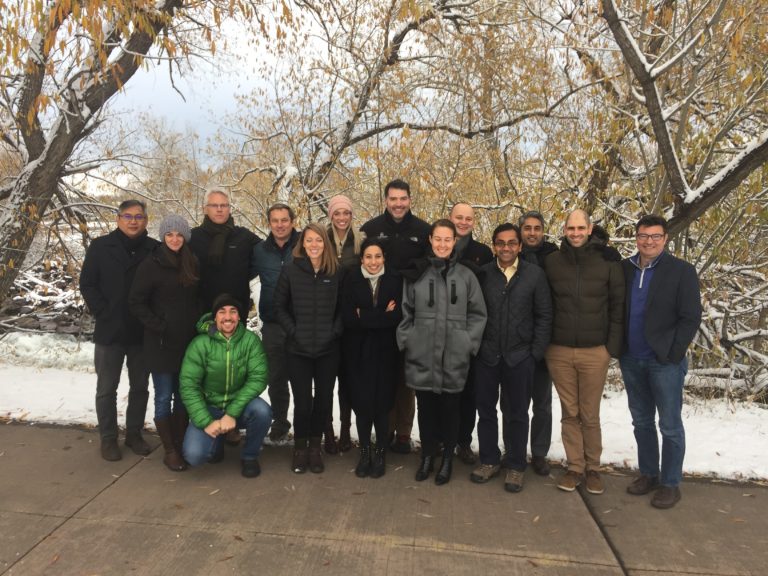Looking for Sanitation Innovation? Urine Luck!
Today, 2.4 billion people around the world lack access to improved sanitation services and over a billion lack access to electricity. These are often the very same people; dually deprived of the profound improvements to standard of living these basic services provide. As the global population rapidly urbanizes, the pressure for sanitation and energy infrastructure and services is rapidly outpacing the investment and construction capacity of local governments. The Stone Family Foundation and Factor[e] Ventures believe that the private sector can play a critical role in providing solutions to this growing global challenge. To that end, we recently teamed up to see if our organizations, with the help of other great outside experts, could take a fresh look at the sanitation sector.
Disruptive innovation, the elusive inspiration that we as investors are always on the lookout for, cannot be added to the agenda of a workshop and then expected to simply materialize. So, with a little inspiration from author and psychologist Gary Klein, we worked to up our odds. While listening to sector experts describe their experiences in the field, we tried to look for the precursors to innovation, such as curious coincidences and/or contradictions, while also trying to pay attention to assumptions that might be holding us back (what Klein calls “anchors”) from creative approaches. Explicitly recognizing, challenging, and, when necessary, dropping such anchors – unlocks the potential for creative problem-solving. The goal was not to have a “eureka” moment per se, but more to spot fertile lines of inquiry that are worth a more directed effort.
Helping us navigate this joint “innovation sprint” were representatives from Aguaconsult, The Swiss Federal Institute of Aquatic Science and Technology (eawag), The Bill and Melinda Gates Foundation, and Lion’s Head Global Partners, as well as several leading researchers and independent consultants. These partners graciously lent us their time and bluntly shared their collective triumphs and failures in the sector. Their front-lines perspective was invaluable in sharpening our thinking and grounding the discussion to the practical realities of the sector.
Following the Value Chain
At Factor[e], we recognize that these complex issues can never be answered with one silver-bullet technology or business model; usually, market failures are caused by systemic breakdowns across the value chain. So, we end up thinking a lot about those value chains; how do the urban poor in Mumbai buy electricity? How does a rural farmer in Kenya sell maize? By walking through these value chains, we allow the market to show us what transactions are necessary to create lasting impact in a space. The sanitation sector is no exception, and in this case, there is a near-famous graphic:
Depiction of the non-sewered sanitation value chain.
It didn’t take long for the group to focus in on the emptying and transport segment of the value chain and notice that perhaps the solution to this challenge is less about a technology-patch and more about rethinking the value chain, altogether. Traditionally, the sector has focused on improving the toilet (on-site) or creating a value chain that gets waste from the household to either centralized or distributed processing plants. We became interested in how we might instead bring treatment and disposal technologies to the pit latrine, avoiding the challenging logistics of hauling waste through dense urban settlements.
We also recognized that there are a handful of innovative start-ups working in the space and that there are potentially synergistic linkages between many of them. We identified providing services to this emerging sector, including services that simplify the jobs of sanitation workers and render them more profitable, as another interesting area to explore. The group was also able to identify several opportunities for collaboration in the sector, which could yield interesting joint-ventures that help link solutions across the value chain. Changes such as these in the marketplace would encourage existing players to grow their sanitation-related work, and possibly incentivize new players to enter the sector. By nurturing and creating incentives within existing sanitation value chains, approaches in this category might produce more sustainable results and be replicable, with minimal customization, across geographies.
Workshop participants exchange and debate opinions about most important gaps and opportunities in the sanitation value chain.
Finally, we spent some time thinking about how to leverage existing infrastructure. It’s important to note, in the last 5 years alone, donor countries and multilateral agencies have committed more than $5.7 billion in Official Development Assistance and another $4.9 billion in other official funds towards traditional large-scale sewerage systems and treatment plants [1]. However, the sanitation infrastructure in recipient countries is often suboptimally utilized – operating at a fraction of capacity or being severely overcharged, leaking and discharging insufficiently-treated, unsafe wastewater, or falling into disrepair for the lack of seemingly simple O&M funding. In just one example, when the South African government analyzed the country’s 824 municipal treatment plants, they found 57% of them to pose, “critical and high risk to public health and the environment,” sometimes overgrown or completely dilapidated, and nearly universally lacking the staff and systems for proper monitoring of operations [2].
Group photo of Sanitation Innovation Sprint participants on a chilly winter day in Fort Collins, Colorado
By the end the workshop, we were appropriately humbled by the complex barriers to universal sanitation, but inspired by the dedication of those working in the sector each and every day, and equipped with valuable knowledge to inform our investment in this sector. The sprint left us energized and ready to begin working in this complex field. Going forward, Factor[e] will continue to build and refine our knowledge base, ultimately driving our pursuit of scalable, technology-enabled ventures with the potential to make a real difference in the condition of global sanitation. We invite those working in the sector who share our interest and would like to contribute to the mission, collaborate, or pitch us an awesome sanitation startup or technology to reach out to us.
Finally, we would like to give many thanks to our co-hosts at The Stone Family Foundation and all the experts who participated in the sanitation innovation sprint for a fun and educational workshop. Factor[e] looks forward to partnering with these and others as we work to drive innovation and transformation in sanitation for emerging markets.
[1] The Organisation for Economic Co-operation and Development, “OECD QWIDS – Query Wizard for International Development Statistics,” [Online]. Available: stats.oecd.org/qwids.
[2] Department: Water and Sanitation, Republic of South Africa, “2014 Green Drop Progress Report,” 2014.

 Catalytic Investing in Emerging Markets
Catalytic Investing in Emerging Markets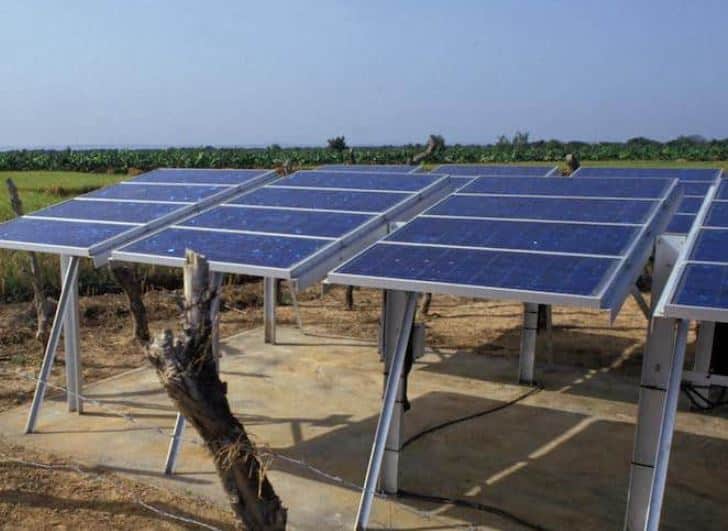 The Nexus of Agriculture and Energy in Africa: Five Lessons for Bridging the Ag-Energy Gap
The Nexus of Agriculture and Energy in Africa: Five Lessons for Bridging the Ag-Energy Gap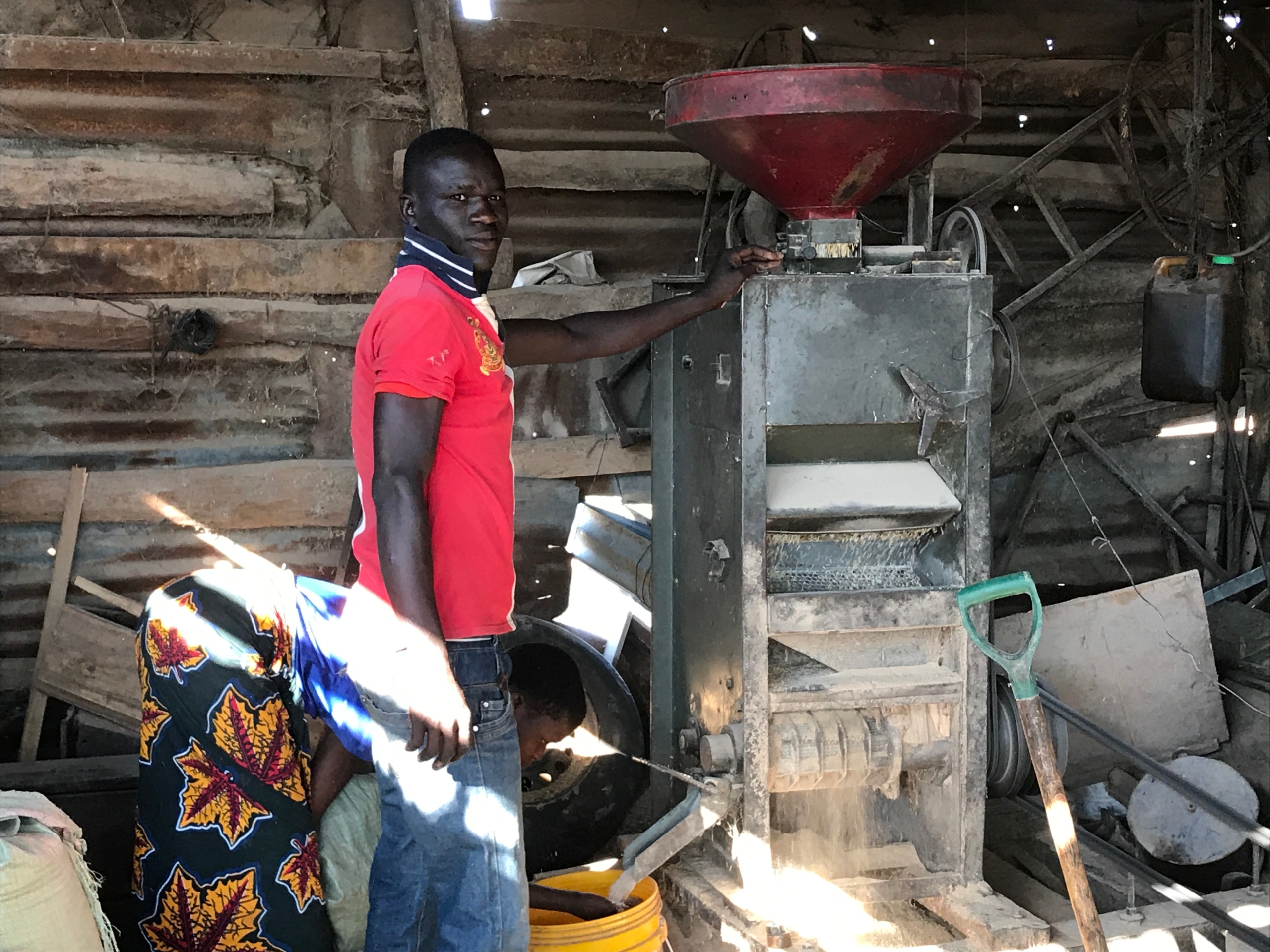 Looking Beyond Appliances: Systemic Barriers to Minigrid Demand Stimulation
Looking Beyond Appliances: Systemic Barriers to Minigrid Demand Stimulation The Clock is Ticking on Energy Access: Exploring Factor[e] Ventures’ Big Bet on Mini-Grids
The Clock is Ticking on Energy Access: Exploring Factor[e] Ventures’ Big Bet on Mini-Grids